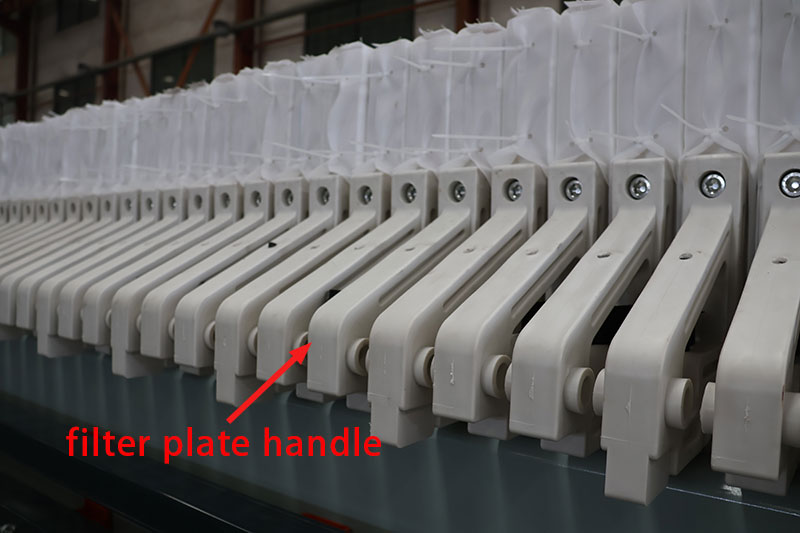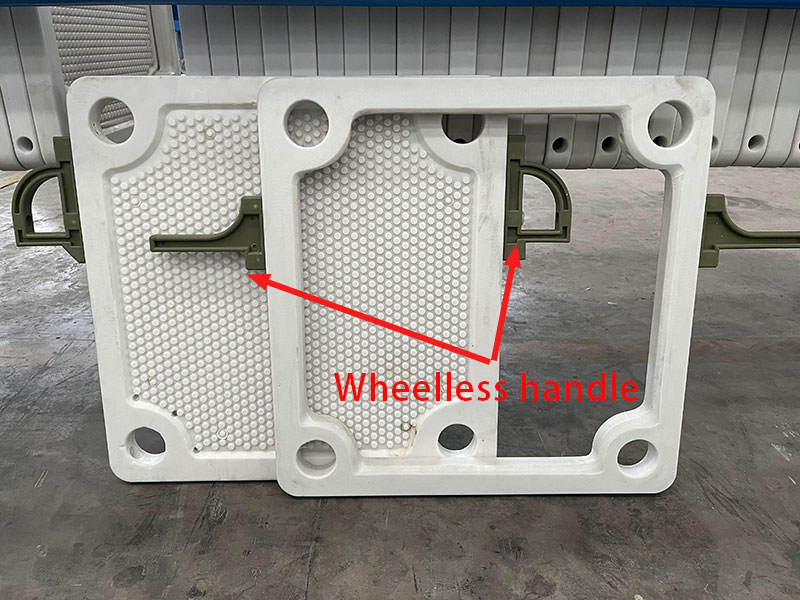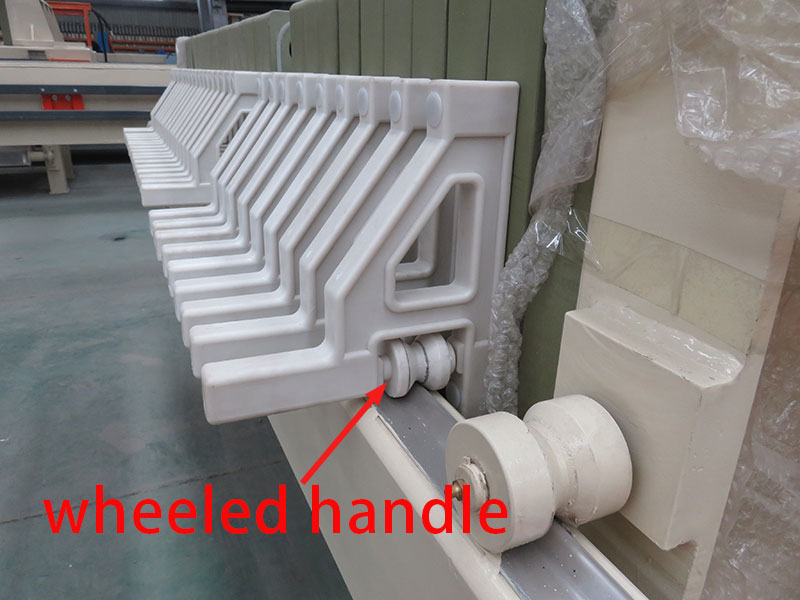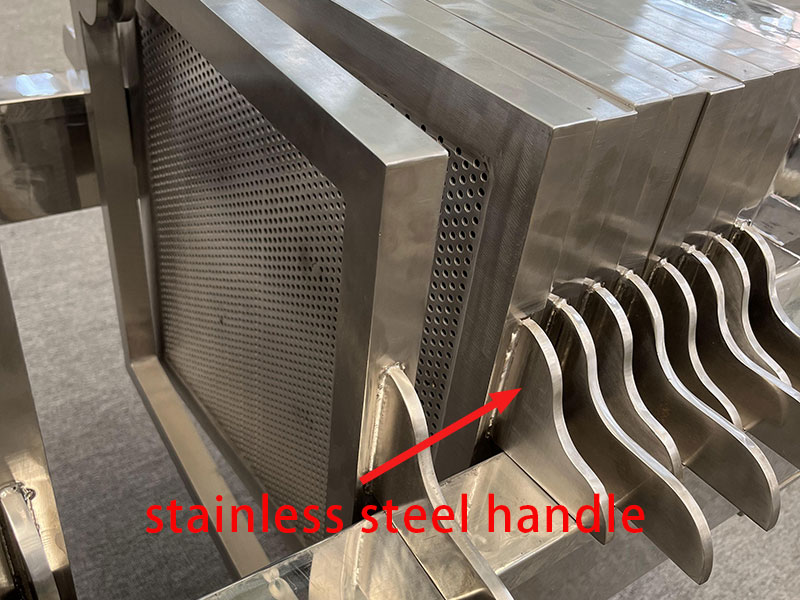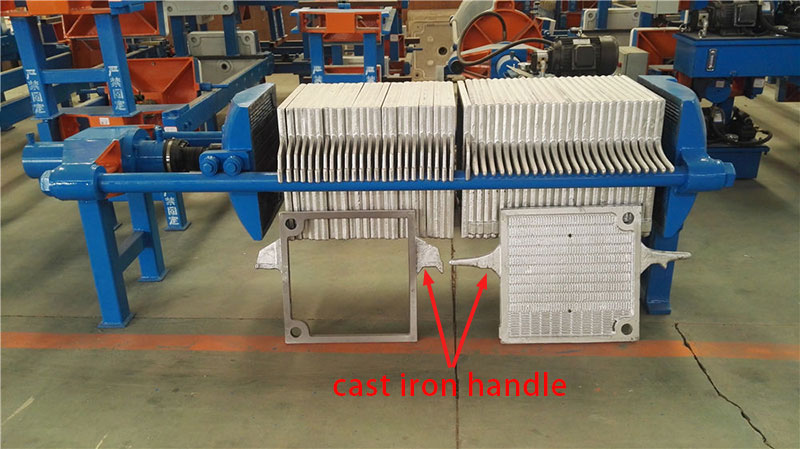How to Choose the Filter Plate Handle
The filter plate handle, also known as filter plate ears and filter plate wings, is an important accessory installed on both sides of the filter plate and forms part of the filter plate. It not only increases the support points for the filter plate to be placed on the beam but also designs the depth of the filter plate and plays the role of driving the filter plate. It has the advantages of light weight, corrosion-resistant, wear-resistant, and has a long service life. This article will tell you how to choose the filter plate handle.
Types of Filter Plate Handles
Common filter plate handles are divided into wheeled handles and wheelless handles. When the weight of the filter plate is less than 20 kilograms (the filter plate is lighter and generates less friction), it is recommended to choose the wheelless handle.
The wheel type is suitable for larger and heavier filter plates. The smaller friction not only protects the handle itself but also makes the filter plate move more smoothly.
If it is a large automatic filter press, you can use a grooved wheel handle, which can make the left and right positions of the filter plate more fixed and also make the filter plate of the filter press more convenient to manage in future use.
Factors to consider when choosing filter plate handles
- Handle model
- Is the handle of the filter press automatic or manual?
- The center distance between the two fixing screws of the filter plate handle and the size of the screw holes
- Material (polypropylene, stainless steel, cast iron, etc.)
- It can also be customized according to the needs.
Precautions for installing filter plate handle
Installing filter plate handles correctly is crucial for ensuring the safety and efficiency of your filter press operation. Incorrect installation can lead to operational disruptions, increased wear and tear on equipment, and even pose safety risks to operators. Here are key precautions to consider when installing filter plate handles:
- Be sure to check the installation manual or guide first. Different types of handles and filter plates have specific installation requirements.
- Ensure you have the right tools for the installation process. Using inappropriate tools can damage the handles or the plates.
- Check that the handle is properly installed and aligned with the mounting points on the filter plate. Misalignment results in uneven force distribution, making the filter plate difficult to move and possibly causing damage.
- If the handle requires tightening (screws, bolts, etc.), make sure these are tightened. Loose fasteners may cause the handle to detach during use. However, be careful not to overtighten, as this may strip the threads or damage the component.
- After installation, lift the filter plate slightly off the ground and gently test the handle to make sure it is securely attached.
- Finally, ensure that the installed handle does not interfere with the operation of the filter press or prevent the placement of adjacent filter plates.

